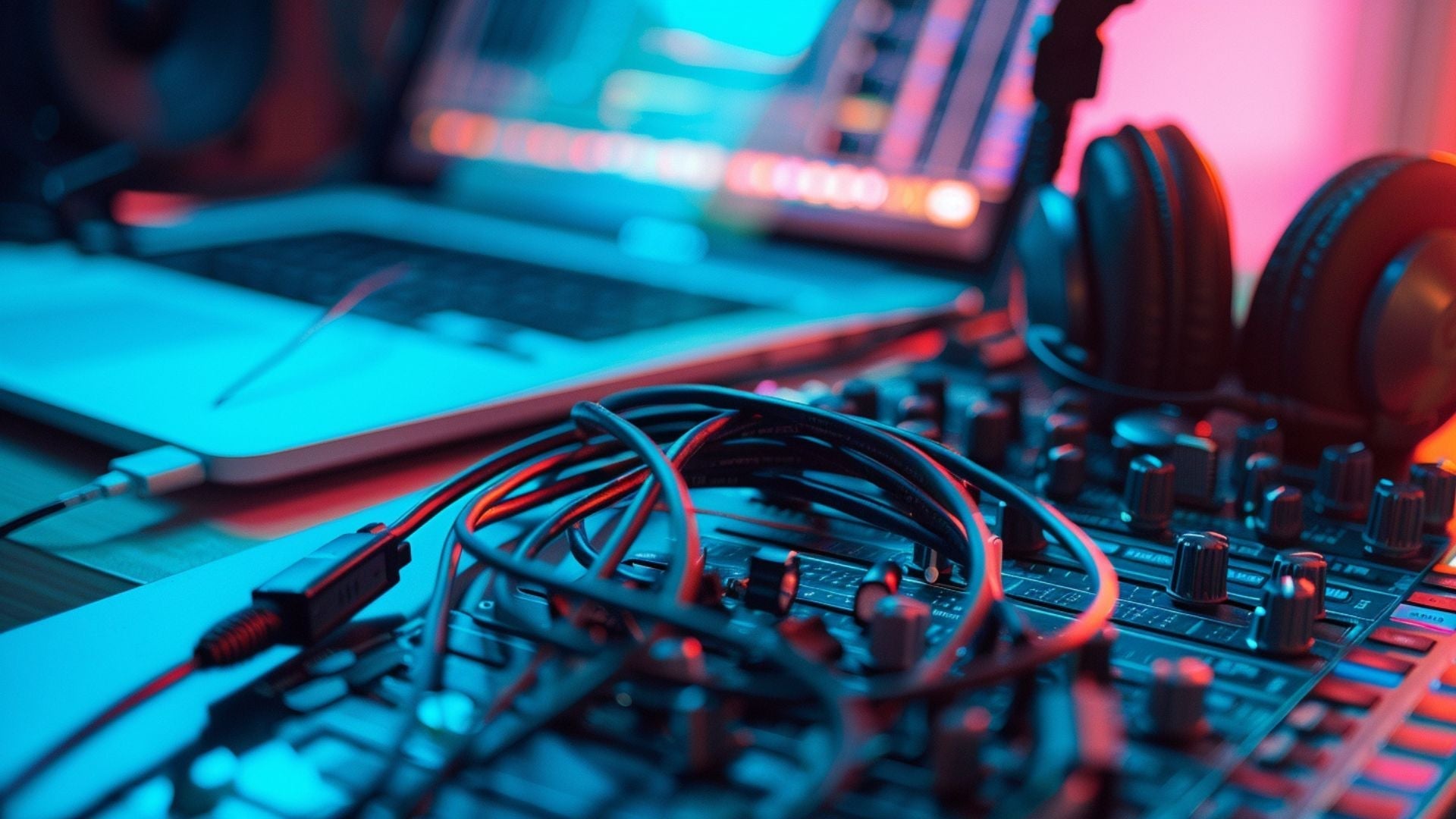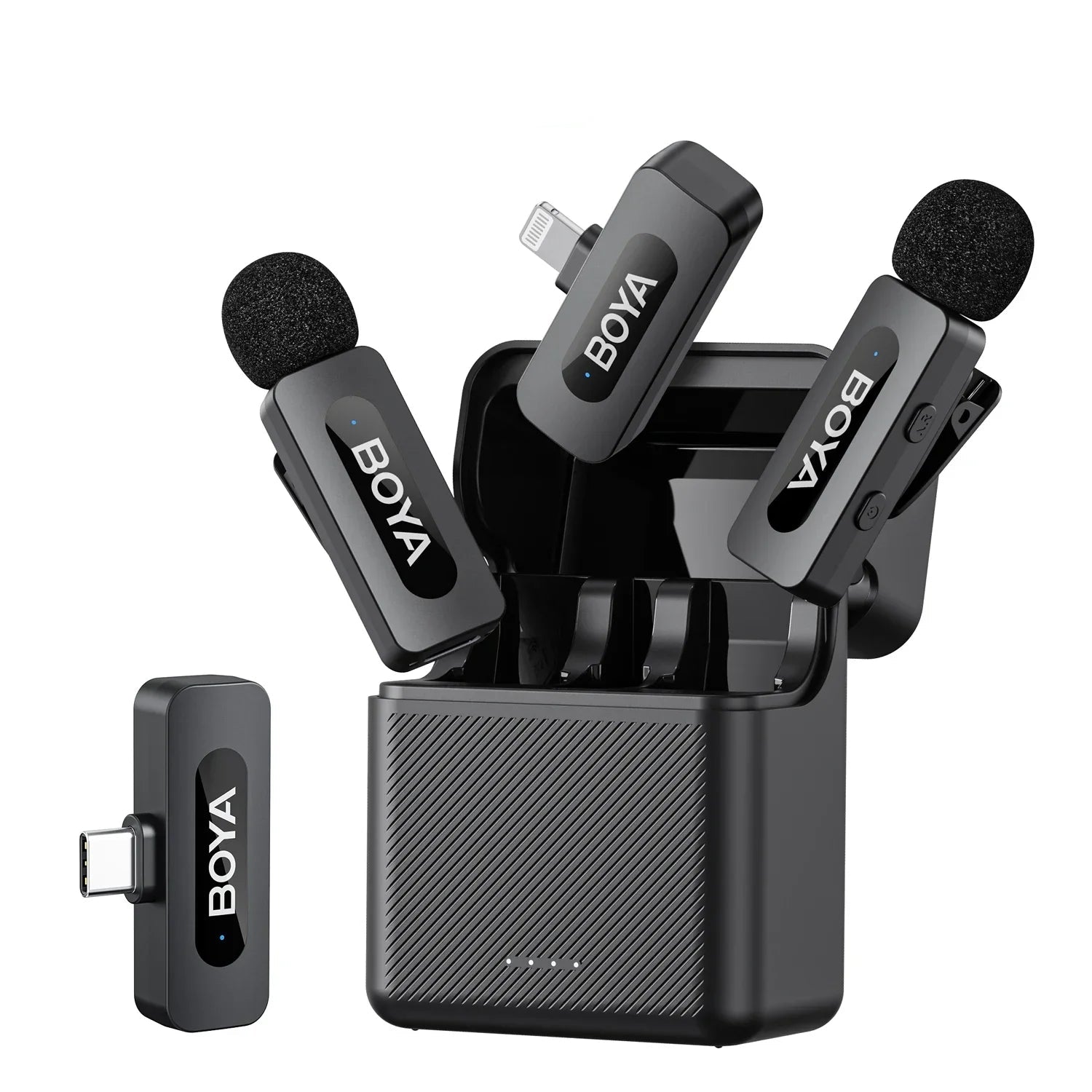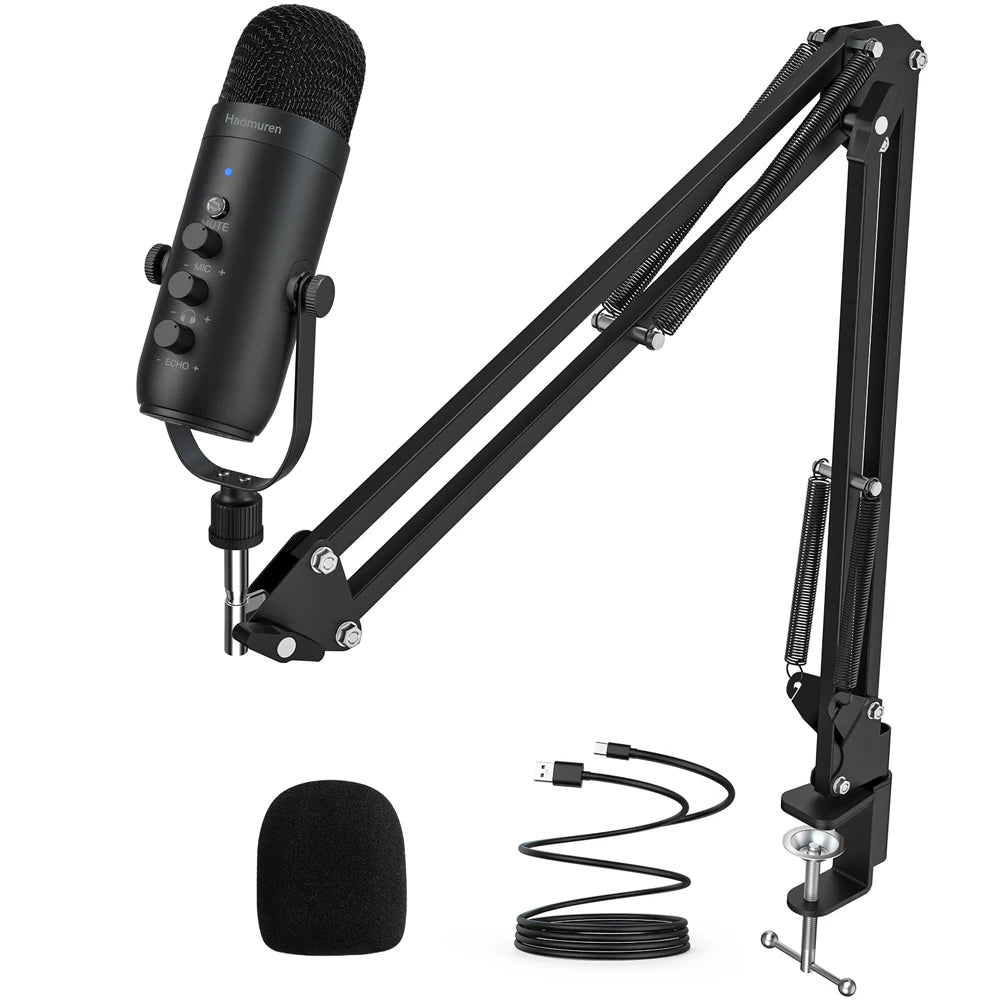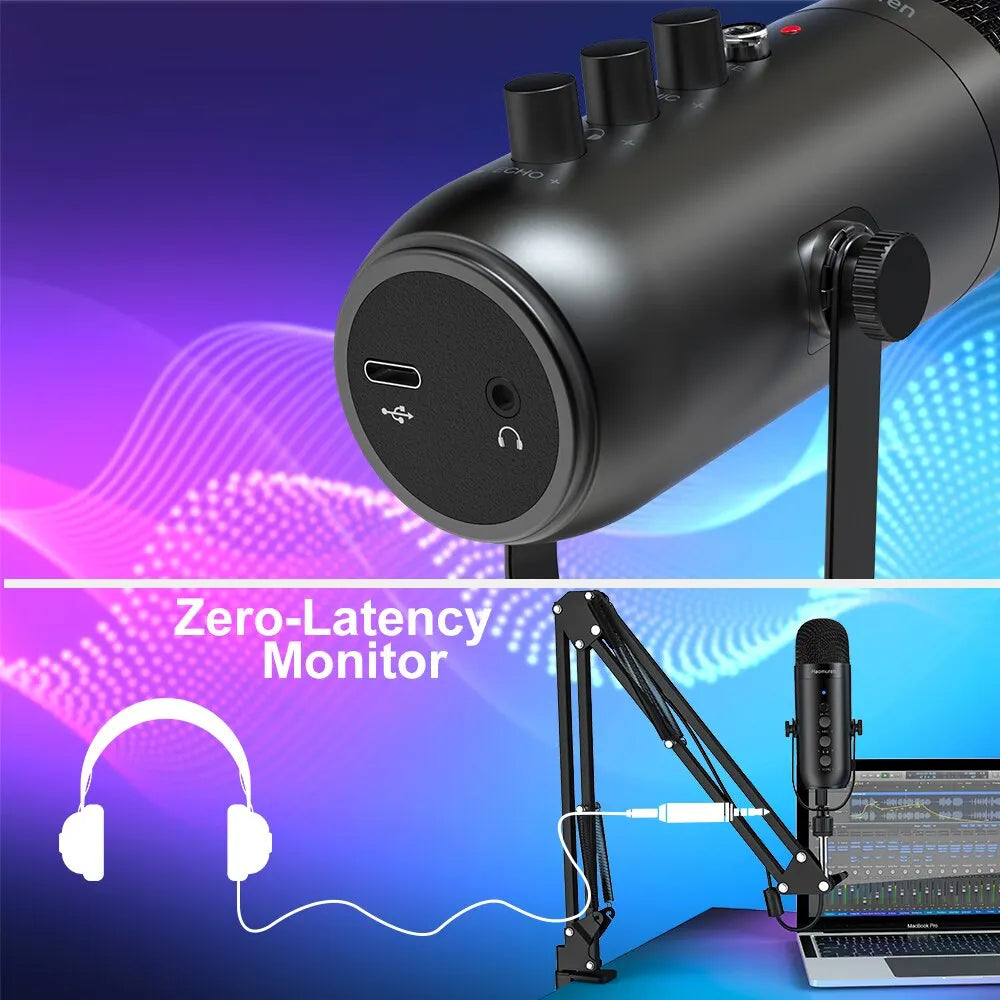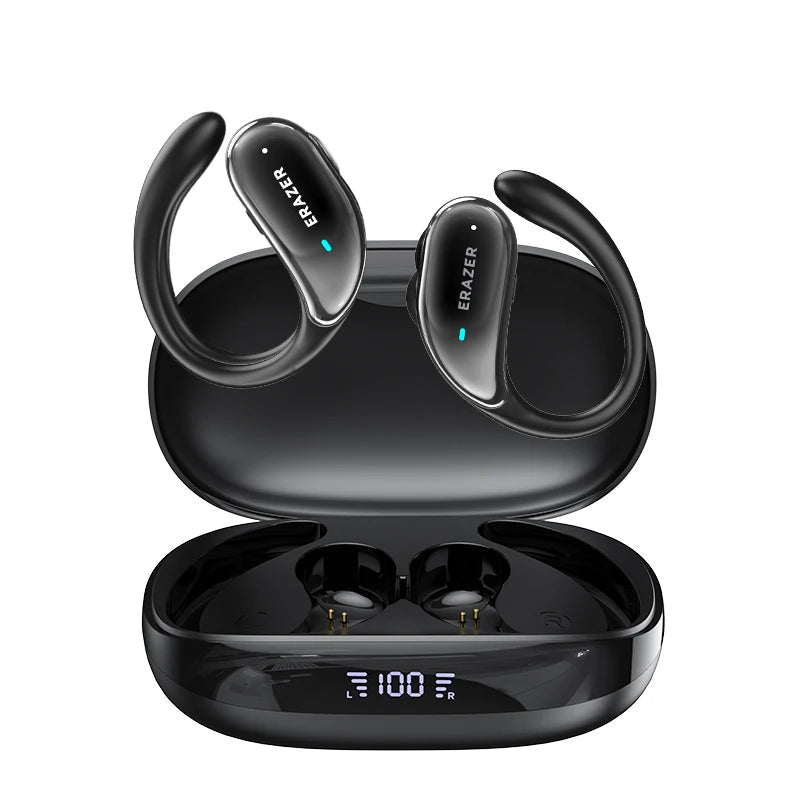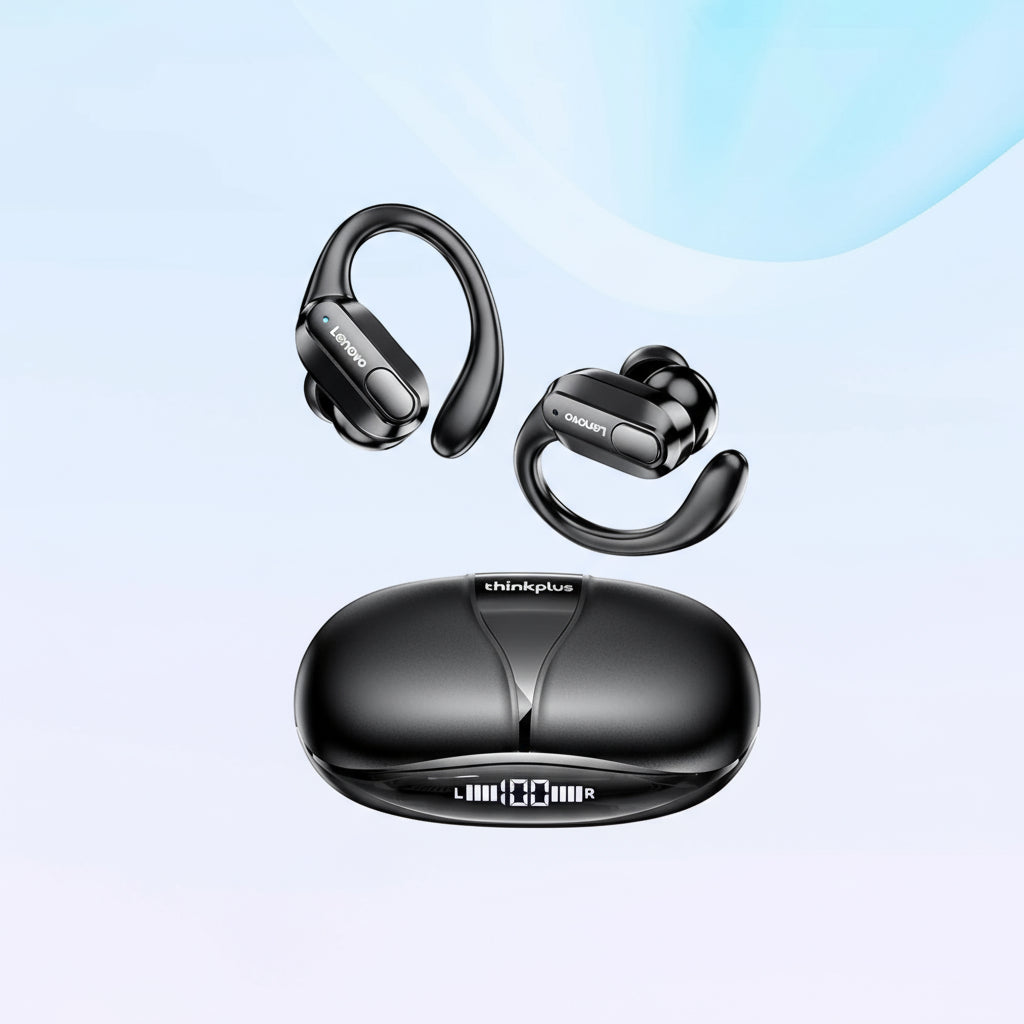When it comes to achieving great sound, most people focus on microphones, speakers, and headphones.
Yet the quiet heroes of every audio setup are often the cables, adapters, and interfaces that hold everything together. Without them, even the most expensive gear will not deliver its full potential.
Understanding how these components work will help you get the best out of your audio equipment, whether you are recording, streaming, or simply listening.
1. Why Cables Matter
Cables may seem simple, but they are responsible for transmitting every bit of sound data from one device to another. Poor-quality cables can introduce unwanted noise, hum, or signal loss. Using reliable, well-shielded cables ensures that your sound remains clean and consistent.
There are several types of audio cables to know:
XLR Cables: Common in professional setups, they carry balanced audio signals that reject interference and maintain clarity over long distances.
TRS and TS Cables: Used for instruments, headphones, and line-level connections. TRS (Tip Ring Sleeve) supports stereo or balanced audio, while TS (Tip Sleeve) handles mono signals.
RCA Cables: Typically used in home audio systems, they connect devices like speakers, turntables, and mixers.
USB Cables: Now a staple in digital audio, they allow microphones, interfaces, and other devices to connect directly to computers.
Each has its purpose, and choosing the right one ensures that your signal flow stays strong from start to finish.
2. The Role of Adapters
Adapters make different audio devices work together. They allow you to connect incompatible ports or convert between cable types when needed. Common adapters include:
XLR to 3.5mm: For connecting professional microphones to cameras or laptops.
6.3mm to 3.5mm Jack: For using studio headphones with mobile or consumer devices.
USB to USB-C: For newer laptops and tablets.
TRRS to TRS: For separating mic and headphone channels on combo jacks.
A good adapter should fit securely and preserve sound quality. Loose or cheap connectors can lead to static, dropouts, or even damage your gear.
3. Audio Interfaces Explained
An audio interface acts as the bridge between your microphone, instrument, or speaker and your computer. It converts analog sound into digital signals and vice versa. If you record vocals or instruments, an interface is essential for achieving professional clarity.
Here’s why it matters:
Better Sound Quality: Interfaces use higher-quality preamps and converters than built-in computer sound cards.
More Inputs and Outputs: They let you connect multiple microphones or instruments simultaneously.
Low Latency Monitoring: Hear your voice or instrument in real time without delay.
Phantom Power: Enables condenser microphones to operate correctly.
For content creators, podcasters, and musicians, a simple two-channel interface is often enough. For studios or advanced setups, models with more channels offer greater flexibility.
4. Avoiding Common Audio Problems
Interference, hum, or buzzing are common issues caused by poor cable quality, loose adapters, or electrical noise. To prevent these problems:
Use balanced cables (XLR or TRS) wherever possible.
Keep power cables separate from signal cables.
Invest in shielded cables to reduce electromagnetic interference.
Avoid running very long cables unless necessary, as longer runs increase signal loss.
Regularly checking and replacing worn connectors also helps maintain a clean sound signal over time.
5. Building a Reliable Setup
Think of your cables, adapters, and interfaces as the foundation of your audio system. A solid foundation allows every other piece of equipment to perform at its best. For beginners, a small investment in quality connectors and a basic interface can dramatically improve recordings, voice clarity, and playback.
6. The Hidden Key to Great Sound
When your setup sounds crisp and clear, it is rarely by accident. It is because each component, from your microphone to your cable, is doing its job perfectly. Cables, adapters, and interfaces may not be glamorous, but they are the invisible force behind every professional-sounding recording.
Paying attention to these small details can transform your entire listening and recording experience. A cleaner signal, fewer connection issues, and better sound clarity are all within reach, and it starts with the simplest part of your setup.

